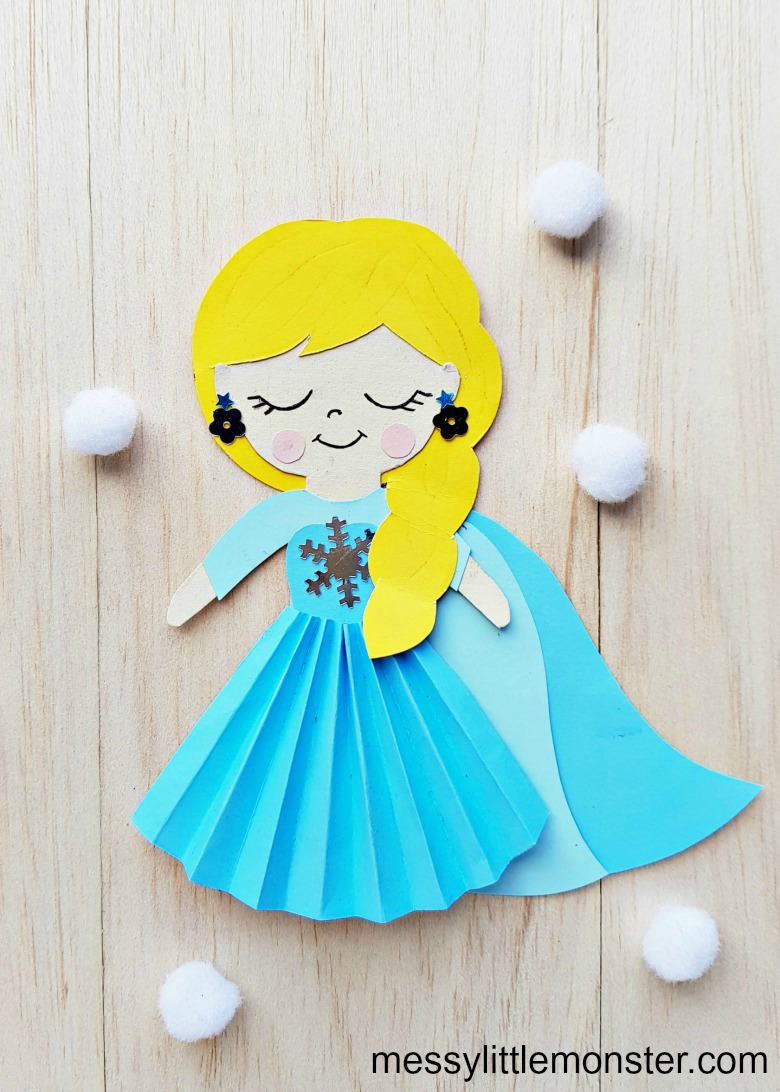
The cable knit casting on is a professional technique, and it is great for beginners. The result is a strong, elastic edge that gives the yarn a smooth finish. This technique, which is similar to the knitted casting on, is simple to master and does not require any waste yarn or long tails. This method creates cable knit stitches in a short time.
Uneven cabling
This is a great way to learn how to knit cables if you don't know what it takes. Like the knitted method, you will need two knitting needles to make the cable cast on. The main difference between these two methods is the tighter edges that the cable will create, while the knitted one will leave a looser edge. For items with a tighter edge, you should only use an uneven cable knitting casting method.

This requires that you hold two needles together on each end. This technique is very simple, but you need to be careful not too tight. Otherwise your stitches will look uneven.
Alternating cable cast on
An alternating cables cast-on makes it quick and easy to add stitches in a project. It's similar to the tubular, but easier to learn. Both techniques use the exact same basic setup stitch. Start by making a slip knot on one needle and inserting the other needle into the loop. To create a stitch, pull your yarn through the loop. Then knit or purl the gap between the stitches.
The working yarn is used for the first stitch in the cable cast-on. This stitch can be made more interesting by twisting it. Once you have created a knitting loop, wrap the needle around your left needle. You can repeat steps 6-9 until you have the desired number of stitches.
Working the cable bind off
Two ways can you use the cable tie off after knitting cable cables. The first method, a stretchy one, is faster and more efficient. The second option is a more stretchy ribbed bindoff. It is best used in projects that don’t need much stretch.

Work the cable bindoff across the cables that were used for cabling. Then, you can apply the cable bond off to the remaining stitches. You should be able to slip the stitch off the needle and move onto the next needle.
FAQ
What are your educational hobbies?
A hobby that teaches you something is called an educational hobby. It could be anything from playing sports to learning how to play an instrument.
The key thing is that it should be fun and enjoyable for you. You don’t have to do it constantly, but you should consider what other activities you could be engaging in instead.
You also want to ensure you're not spending too much on these activities because they can end up costing you more than they're worth.
What is a good hobby for kids?
Hobby for children is anything they enjoy doing outside of work. Children might be drawn to, build, paint, create stories, play with toys or watch TV.
Many parents are concerned that their children may get into trouble if allowed to do as they please. This isn't necessarily true, though. If your child is safe and doesn't cause harm to themselves or anyone else, they won't get into trouble.
It is important to remember that people may not always choose to do what they enjoy. If they dislike writing but enjoy drawing pictures, they might opt to draw pictures.
There are many types of hobbies. It's up to you to choose one that you really enjoy.
Why do we have hobbies?
Hobbies are an important part of our lives because they give us time to relax, unwind, think creatively, exercise, socialize and enjoy ourselves. Hobbies offer opportunities to develop new skills as well as life-long interests.
Hobbies can help us find meaning and purpose.
These can often be a great way to get some extra time while you have nothing else.
And they're fun!
If you don’t have the time to do a hobby, you likely don’t have any other hobbies.
You have many choices. You might consider starting a hobby if you don't already have one.
Statistics
- In comparison, men in the “no humor” condition were refused 84.6% of the time and were only accepted 15.4% of the time. (time.com)
- Much of this decline reflects the fact that teens are less likely to work today than in the past; among employed teens, the amount of time spent working is not much different now than it was around 2005. (pewresearch.org)
- Almost 80% of people claim to have no hobby. (hobbylark.com)
- A new survey by Pew Research Center of teens ages 13 to 17 finds that 36% of girls feel tense or nervous about their day every day; 23% of boys say the same. (pewresearch.org)
- The intensity of the dialogue partners' bond at the end of the forty-five-minute vulnerability interaction was rated as closer than the closest relationship in the lives of 30 percent of similar students. (time.com)
External Links
How To
How to Choose the Right Hobby For You
It is possible to determine if your hobby is the right one if you ask questions.
-
Do I enjoy doing it?
-
Is it a pleasure?
-
Is it something I would like to keep doing even when I'm older?
-
What are my strengths?
-
Do I have any ideas?
-
Would you recommend it to others?
-
It can bring me happiness.
-
Is it going to help me to relax?
-
What will it do for me?
-
Do I get to learn skills that will be useful later in my career?
-
Can it help me make new friends?
-
Is it possible to express my creativity with it?
-
Will it offer me opportunities to learn new things?
-
Is it going give me confidence?
-
Do I feel accomplished?
-
Will it lead to financial success?
-
Will it enable me to travel?
-
Can it enable me to visit new places?
-
It will encourage me to exercise.
-
Will it inspire me to work harder?
-
Will it motivate me to succeed?
-
Do I have to take part in activities that I don't normally think of?
-
Is it up to me?
-
It will be entertaining.
-
Will it keep me fit?
-
Can it help you save money?
-
Will it decrease stress levels?
-
Is it going to stop me from getting bored?
-
Will it free up my time?